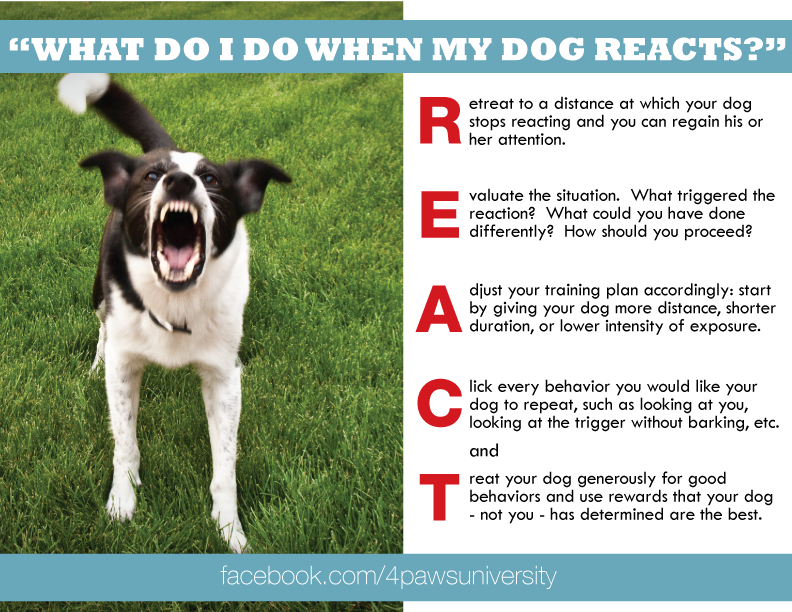


a dog’s need to exert greater control over its environment, such as reactivity or stalling on a leash.a dog’s desire to secure a connection or care-giving, like mouthing, jumping, and submissive urination.Problem behaviors may get in the way of success in dog training and should be addressed immediately. Then, the need for owners and trainers to direct the dogs’ actions becomes dramatically reduced. When dogs feel secure and loved, problem behaviors are largely eliminated. In dog training, it is wrong to focus on what a dog does rather than how a dog feels. The fact is that a happy, secure dog becomes a well-mannered dog. However, that is looking at the situation backwards. Many dog owners and trainers have operated under the assumption that a well-mannered dog is a happy, secure dog. Still, too often, people make honest errors in training that result in nagging misbehavior in dogs that lead to strained relations between owners and dogs. Trainers often use small treats and much verbal praise to teach dogs they are showing preferred behavior.Īfter long periods of practice, a dog owner or trainer might think that training a dog would be a natural, almost intuitive process for humans. The basic theory behind positive dog training is that dogs repeat good behavior when a reward follows (1 ). Can CBD be used to help with dog training, and if so, how?


 0 kommentar(er)
0 kommentar(er)
